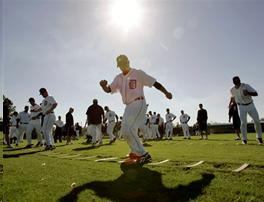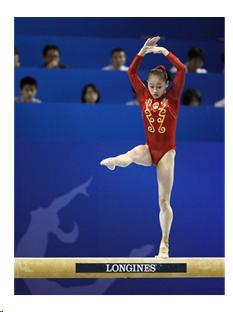Chapter 3
Table of Contents
- Chapter 3: Principals of Physical Fitness Development
- Objectives
- Physical Activity Recommendations for Health
- For Even Greater Health Benefits
- Physical Activity Guidelines
- MyActivity Pyramid
- MyActivity Pyramid (2)
- Physical Fitness Definition - Review
- Components of Health-Related Physical Fitness
- Components of Health-Related Physical Fitness (2)
- Components of Health-Related Physical Fitness (3)
- Components of Skill-Related Physical Fitness (1)
- Components of Skill-Related Physical Fitness (2)
- Components of Skill-Related Physical Fitness (3)
- Principles of Training (1)
- FITT Formula
- Principles of Training (2)
- Principles of Training (3)
- Designing Your Exercise Program (1)
- Designing Your Exercise Program (2)
- Sources
Text and Images from Slide
Components of Skill-Related Physical Fitness (1)
- I. Agility
- Ability to quickly and accurately change the direction of the movement of the entire body in space.
- II. Balance
- Ability to maintain equilibrium while moving or stationary.


